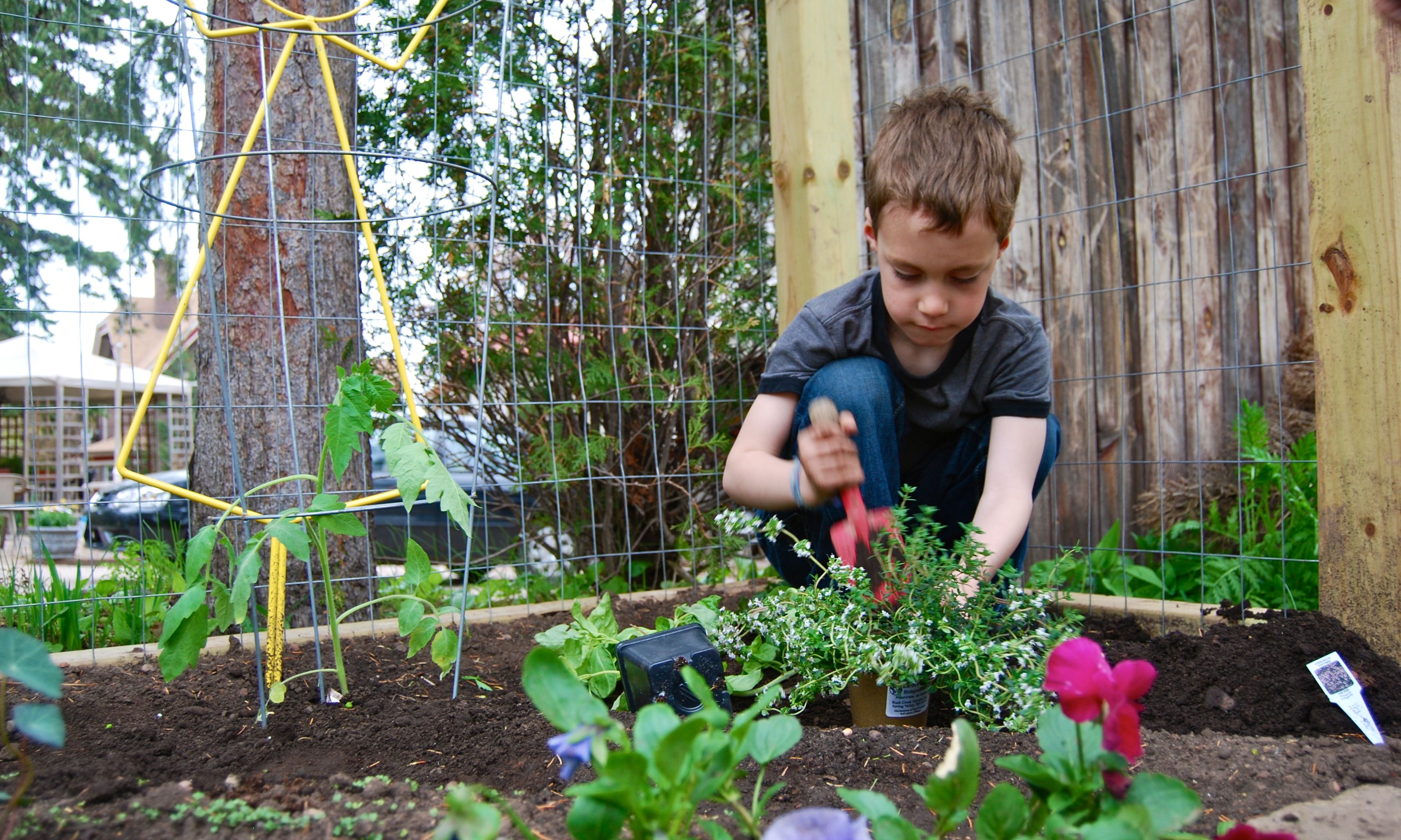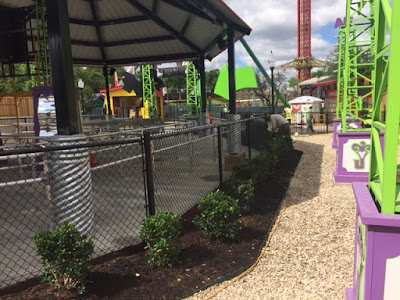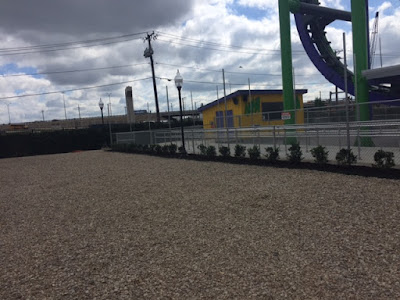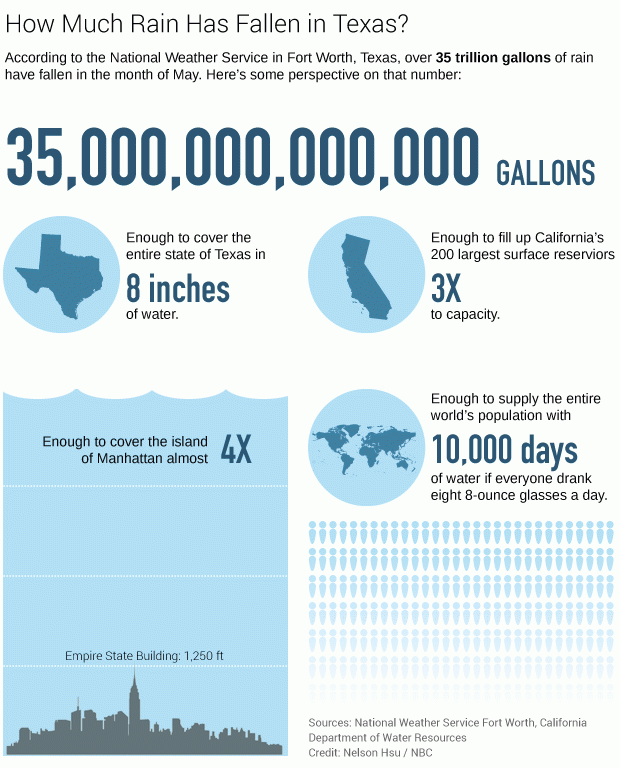Eryngo Leavenworthii, Leavenworth's Eryngo
Often overlooked, but beautiful summer wildflower
Where is the Fall Y'all?
We had a pretty mild August but September stayed unseasonably hot, and the first week of October is going to stay in the nineties as well. At least we finished out September with some wide- spread rain.
As soon as we have consistent sweatshirt weather we can start changing out summer flowers to pansies for the winter. If it stays hot they tend to stretch and get aphids. If your summer color still looks good you can enjoy well into November, but it is always good to get pansies in the ground a week or two ahead of our first hard freeze so they have some roots developed.
And when will the first hard freeze occur? It can happen any time from November 20 to February. And if anyone could know that more than a few days in advance, they need to be sitting at a table in Vegas.
Along with milder weather October brings a modest list of gardening chores. Turf still needs to be mowed and leaves mulched up, flowers changed out, fire ants treated with bait products, fall pre-emergents and fertilizer applied, and tired summer perennials tidied up. But outdoor chores are always easier on a pleasant fall day.
Call or email us if you would like a catalog of winter color that will be available this year!
Pansies starting mid-October
Texas Trees for Fall Color
We all know that fall foliage in north Texas is not a big showstopper, but with the right weather conditions here are a few trees that can stand out.
Autumn Blaze Maple
one of the few maples suited for our area

Cedar Elm
a true native

Chinese Pistache
a well rounded, mid-size tree
one of the few maples suited for our area

Cedar Elm
a true native

Chinese Pistache
a well rounded, mid-size tree
Shumard Red Oak
a native and widely planted tree; not to be confused with northern red oaks or pin oaks, both of which will not grow in our soils
a native and widely planted tree; not to be confused with northern red oaks or pin oaks, both of which will not grow in our soils
Happy Halloween!
LED Christmas Lighting - Time to Plan Now!
I know, I know, we haven’t even gotten to Halloween yet and retailers are already pushing Christmas. We are not jumping on the marketing bandwagon, but since we are only taking a limited number of new properties for Christmas lighting, we want you to have the info you need to plan your project and get on the schedule. We continue to recommend Seasonal Source LED lighting.
Why Seasonal Source LED?
- LED is green technology, consuming about 80% less electricity than traditional. You save money every year you use them.
- Tired of testing your strings of lights every year only to find half of them don’t work anymore? Our lights are premium grade and ruggedly constructed with a 3 year guarantee.
- Our LED lighting provides a dazzlingly bright display with brilliant jewel-like colors that never fade, chip, or scratch. You can choose from traditional warm-white to an array of festive colors.
- LED are safe and cool to the touch.
- Do more with less. Let’s compare the energy savings: On roof lighting, we typically use the C9 bulb. With LED, 100 ft of roof line will use less electricity than a single 100 watt light bulb. 100 ft of traditional incandescent Christmas lights will consume more power than a 600 watt microwave! When wrapping trees or columns with mini-lights, we can plug up to 300 23 foot long strings into one outlet! Compare with only 35 strings of traditional mini lights.
It's easy to see:
You can cover more area with a huge reduction in electrical costs, or increase your display without dangerously overloading your electrical circuits.
What do we provide?
We can provide everything for your outdoor display, custom designed to fit your home, including mini lights to wrap trees and shrubs, C9 roof lights, lighted wreaths and garlands, and all the jumpers, cords, and timer needed to make it all work. After Christmas, we will come out and place the lights in stackable storage boxes with tags and a diagram so that installation the following year will be easy to duplicate.
What does it cost?
We will measure your roof, trees, shrubs, sidewalks—whatever you want to highlight and provide an estimate and design suggestions. Once you have purchased your lights and supplies from us, we have a simple labor rate to cover installation and take down.
Labor
- Lining driveways, sidewalks, etc.: $2.00 per ft
- Single story roof lines: $3.00 per ft
- Second story roofs: $5.00 per ft
Materials
- C9 roof lights start at $2.75 per ft including wire and clips
- Storage boxes are $10.00 or you can provide your own
- Wrapping tree trunks, shrubs, etc.: 23 ft strings of M5 or G12 mini lights run $25.00 per string. If you already have the lights it is $6.00 per string for labor only.
For estimates, contact Mike Johnson.
Another of John's Favorite "Weeds"
You may have noticed tall white “weeds” showing up along our roadsides and pastures during the last few weeks. A closer inspection reveals that they are actually a beautiful euphorbia, Agaloma marginata or Snow on the Mountain. Similar to a poinsettia, the flowers are tiny and somewhat inconspicuous but are surrounded by showy white bracts with green stripes. Natives like these are important sources of nectar for pollinators like our endangered honey bees.
October Chores
Mow less often as the lawn slows down
Water once—twice a week as needed
Treat fire ants—bait products work well in Fall
Overseed rye and fescue grass
Apply weed pre-emergent and fertilizer
Sow wildflower seeds for spring
Our goal is to fulfill the needs of the customer by providing timely, quality services and products.
Thanks for your business!

Spencer Young
Pool and Water Garden Services


/gardenpansies-5899e35f3df78caebcf39f0b.jpg)

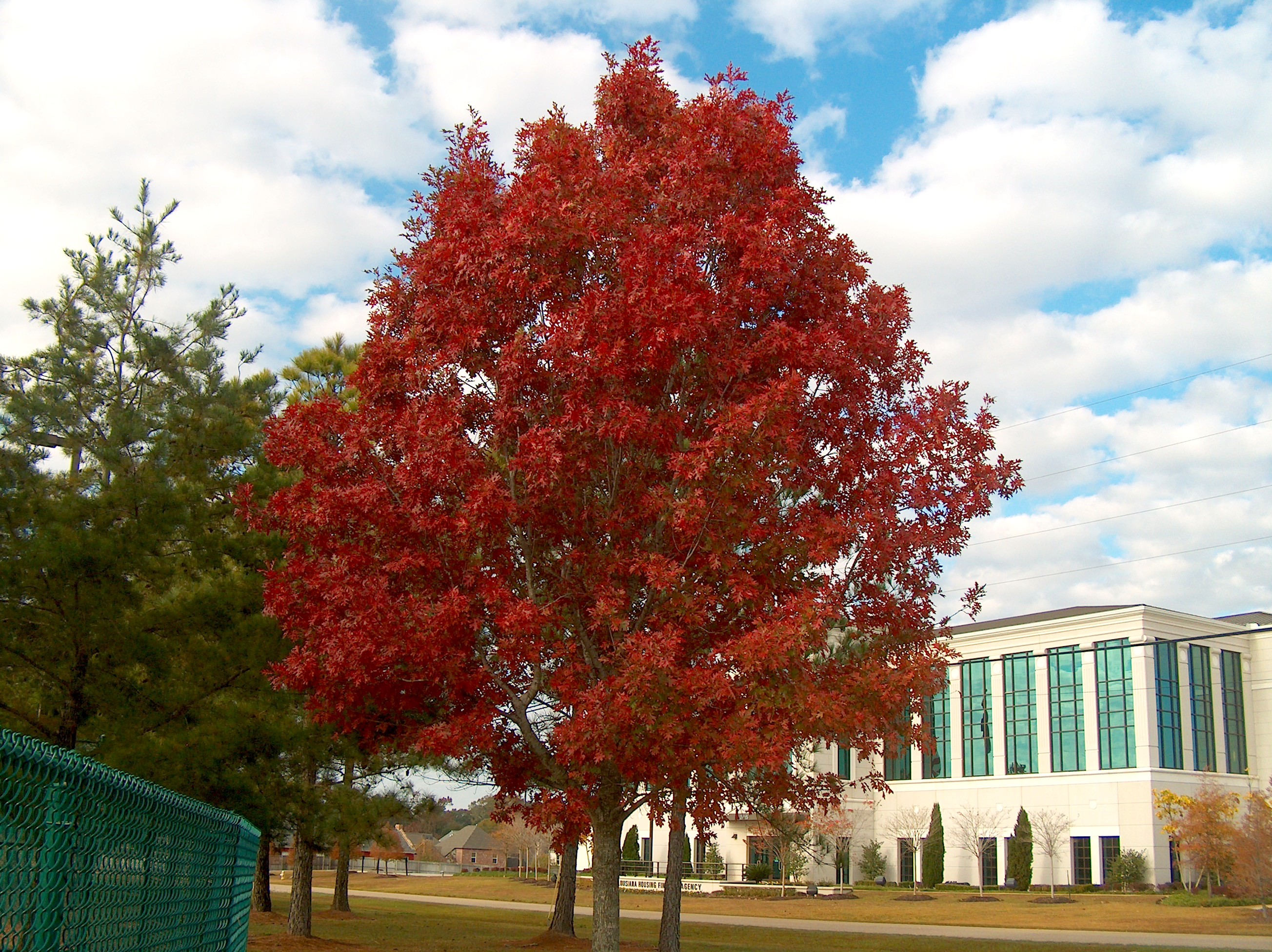











 The original meaning actually had nothing to do with heat or dogs, but hot weather is what we in the northern hemisphere now associate with the phrase. The ancient Greeks marked this time of the year by the rising of Sirius the dog star just before dawn, and associated it with a potential for war or disaster. It also happened to coincide with a really hot time of year, but depending on where you are in the world Sirius will rise at different times. And because the stars in our night sky move independently of Earth’s calendar, in about 13,000 years we will be experiencing the dog days of winter. And I bet the dogs will still be lethargic and lazy, laying about by a warm fire.
The original meaning actually had nothing to do with heat or dogs, but hot weather is what we in the northern hemisphere now associate with the phrase. The ancient Greeks marked this time of the year by the rising of Sirius the dog star just before dawn, and associated it with a potential for war or disaster. It also happened to coincide with a really hot time of year, but depending on where you are in the world Sirius will rise at different times. And because the stars in our night sky move independently of Earth’s calendar, in about 13,000 years we will be experiencing the dog days of winter. And I bet the dogs will still be lethargic and lazy, laying about by a warm fire. Not every yard will have a large enough population to cause damage, but if you have had one in the past you may be in a location that is prone to infestation. Lawns close to street lights where June bugs gather are often hit, and ironically they often attack lush lawns when soil is soft and food (roots) is abundant. They can do serious damage to turf over the next two months. And the application we make for grubs may also act as a preventative for chinch bugs, another bad lawn pest.
Not every yard will have a large enough population to cause damage, but if you have had one in the past you may be in a location that is prone to infestation. Lawns close to street lights where June bugs gather are often hit, and ironically they often attack lush lawns when soil is soft and food (roots) is abundant. They can do serious damage to turf over the next two months. And the application we make for grubs may also act as a preventative for chinch bugs, another bad lawn pest.

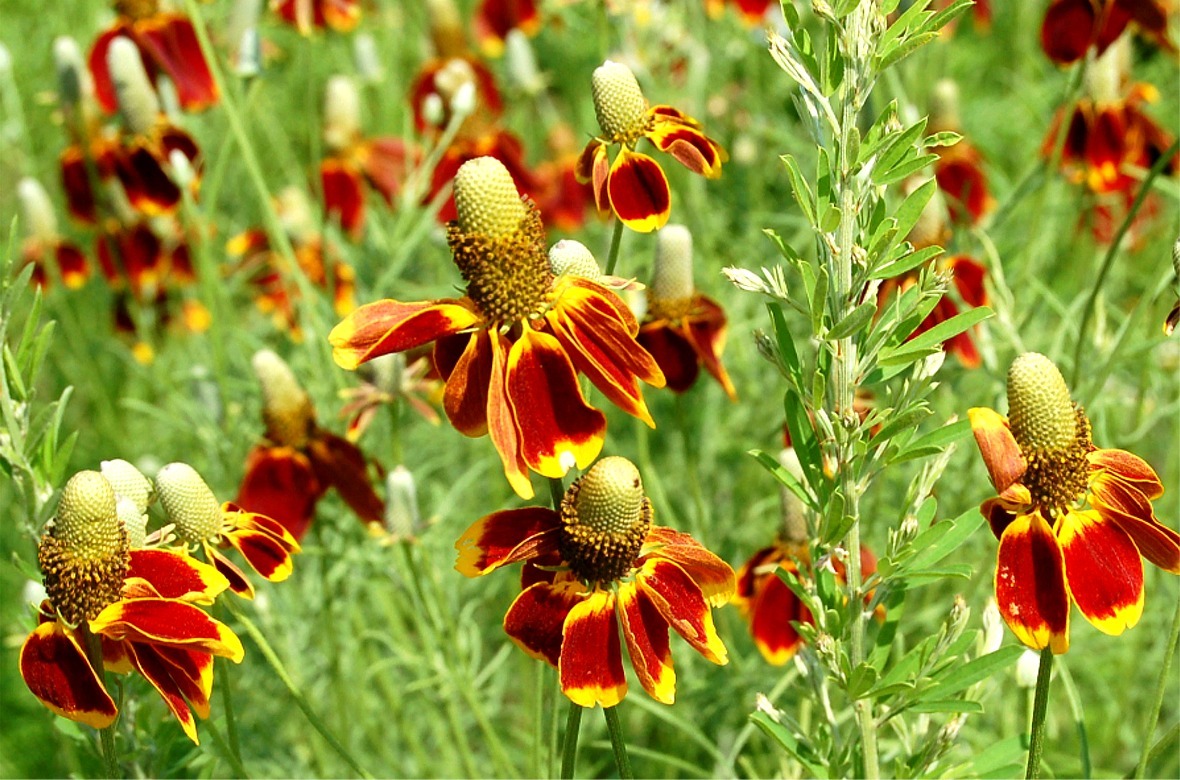
 We have finally erased the deficit on our annual rainfall total, making up for a dry May with several inches in June. That really helped our soil moisture levels and our lakes are in pretty good shape. Plus we had a bonus on June 24, the fifth day of summer, with a cold front that kept our high temperature under 80 degrees! I’ll give June 2017 an A.
We have finally erased the deficit on our annual rainfall total, making up for a dry May with several inches in June. That really helped our soil moisture levels and our lakes are in pretty good shape. Plus we had a bonus on June 24, the fifth day of summer, with a cold front that kept our high temperature under 80 degrees! I’ll give June 2017 an A. Spray heads are typically used for patterns of 4 ft up to 15 ft, rotors for patterns of 15 ft to 40 ft, drip irrigation for ornamental beds or pots, and bubbler heads for trees, large plants, or large pots. Pop-up sprays and rotors have seals that harden with age and leak or prevent the head from lowering after it pops up. This is the main reason heads get broken by mowers. Properly installed, a head that is working properly cannot be hit by a mower. If you see a lot of water pooling around a head when it is running it may have a bad seal. Spray nozzles also become clogged, and heads settle so that they are crooked, too low, or too high. Drip is notorious for being damaged by digging in beds, and rodents also love to chew on drip. Correcting these issues is all part of routine maintenance. Your controller is the brain of the system, and most of today’s controllers have sophisticated settings that allow you to optimize how and when you apply water. Like any computer, they may be damaged by power surges, lightning, or gremlins. But what is the first thing you always check when your controller isn’t working? The electrical outlet! Plug something else in and make sure you have electricity there. If so, then you can call us to come look for the gremlins.
Spray heads are typically used for patterns of 4 ft up to 15 ft, rotors for patterns of 15 ft to 40 ft, drip irrigation for ornamental beds or pots, and bubbler heads for trees, large plants, or large pots. Pop-up sprays and rotors have seals that harden with age and leak or prevent the head from lowering after it pops up. This is the main reason heads get broken by mowers. Properly installed, a head that is working properly cannot be hit by a mower. If you see a lot of water pooling around a head when it is running it may have a bad seal. Spray nozzles also become clogged, and heads settle so that they are crooked, too low, or too high. Drip is notorious for being damaged by digging in beds, and rodents also love to chew on drip. Correcting these issues is all part of routine maintenance. Your controller is the brain of the system, and most of today’s controllers have sophisticated settings that allow you to optimize how and when you apply water. Like any computer, they may be damaged by power surges, lightning, or gremlins. But what is the first thing you always check when your controller isn’t working? The electrical outlet! Plug something else in and make sure you have electricity there. If so, then you can call us to come look for the gremlins. Sprinkler system scheduling: Okay, this is a subject that can get very involved. There are formulas for calculating how much water you may need using actual rainfall amounts, evapostranspiration rates for your lawn or different types of ornamentals, soil types, slope, micro climates, etc. And the truth is that most sprinkler systems are not perfectly designed. There's lots of really good ones, but an equal number with coverage issues. In fact, most spray zones have an efficiency rating of only 60% and rotor zones 70%.
Sprinkler system scheduling: Okay, this is a subject that can get very involved. There are formulas for calculating how much water you may need using actual rainfall amounts, evapostranspiration rates for your lawn or different types of ornamentals, soil types, slope, micro climates, etc. And the truth is that most sprinkler systems are not perfectly designed. There's lots of really good ones, but an equal number with coverage issues. In fact, most spray zones have an efficiency rating of only 60% and rotor zones 70%. And here is the last tweak that is not difficult and will really help you get the most out of your water. Except for some lucky folks (like me) that live in a narrow sandy band of the Cross Timbers that runs through north Texas, most of us have clay or clay-loam soils. These soils are tight and accept water very slowly. That means that your water will start running off after just a few minutes of watering. How to solve this problem? Set your sprinklers to run twice in one cycle, using half the water each time. Some controllers have a built in Cycle/Soak function that you can program, but all controllers have the ability to let you set two or more start times. That is a really simple way to get more water to soak in.
And here is the last tweak that is not difficult and will really help you get the most out of your water. Except for some lucky folks (like me) that live in a narrow sandy band of the Cross Timbers that runs through north Texas, most of us have clay or clay-loam soils. These soils are tight and accept water very slowly. That means that your water will start running off after just a few minutes of watering. How to solve this problem? Set your sprinklers to run twice in one cycle, using half the water each time. Some controllers have a built in Cycle/Soak function that you can program, but all controllers have the ability to let you set two or more start times. That is a really simple way to get more water to soak in. As I said at the beginning, this can get very involved. You can follow these guidelines, or consult with us further if you really want to see how much you can do to keep more of your water going where you want it—the roots of your plants.
As I said at the beginning, this can get very involved. You can follow these guidelines, or consult with us further if you really want to see how much you can do to keep more of your water going where you want it—the roots of your plants.

